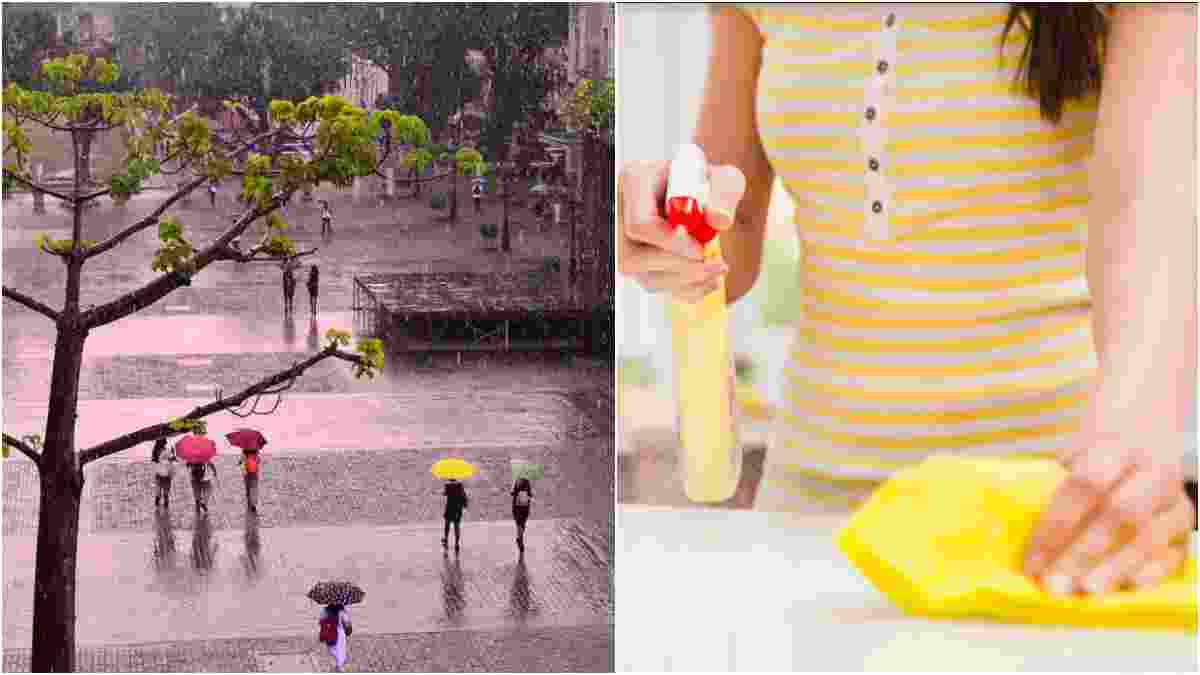


From July to September, Indians are at high risk owing to several waterborne diseases and infections. The host of diseases is posing a serious threat while Covid-19 is playing the role of force-multiplier. During summer, coronavirus cases continued to rise and we are still unsure how it would behave in monsoon. Water-borne diseases diarrhoea and jaundice along with flu and cold may complicate the current pandemic situation. The need for the large number of beds for Covid-19 may further complicate the management of monsoon diseases across the country.
High fever is a common symptom for all water-borne and other infections during monsoon, hence amid the coronavirus crisis, people need to be more cautious and pay special attention to personal and environmental hygiene. Awareness of preventive measures with a focus on hygiene and immediate medical attention for diagnosis of infection for proper treatment should be accorded top priorities in the efficient management of population health during monsoon. People can take care of themselves by following simple tips.
During this season, several viruses and bacteria are very active. Rains and water-logging provide grounds for mosquitoes to grow and expose people to diseases like malaria, dengue and chikungunya. A high level of moisture content during monsoon enables hazardous microorganisms to grow, thereby, increasing the chances of transmission of such diseases.
Mosquitoes, water, air and contaminated food are the major sources of diseases and infections during the rainy season. Besides mosquito-borne diseases, people are at high risk for water-borne diseases like Typhoid. Its symptoms again include fever, headache, joint pain and sore throat.
Children and the elderly are the easiest victims of monsoon-related illnesses due to weak immune systems. Leptospirosis is caused due to contact with dirty water during this season. It is accompanied by shivers, muscle pain, headache and fever. Gastrointestinal infections such as vomiting, diarrhoea and gastroenteritis are caused due to contaminated foods and water.
Preventive Measures
To overcome these diseases, prevention is the key. If you suffer or are affected with any of these diseases, don’t go for selfmedication and consult a doctor for timely diagnosis and proper treatment.
In Nutshell, these are testing times due to the pandemic. It is imperative to stay alert and a few preventive measures would allow us to enjoy the season to the fullest without putting any extra pressure on our medical facilities. From a medical point of view, we strongly recommend people to take precautionary hygiene measures and if affected consult the doctor immediately.
The writer is HoD, Internal Medicine, Manipal Hospitals Dwarka.